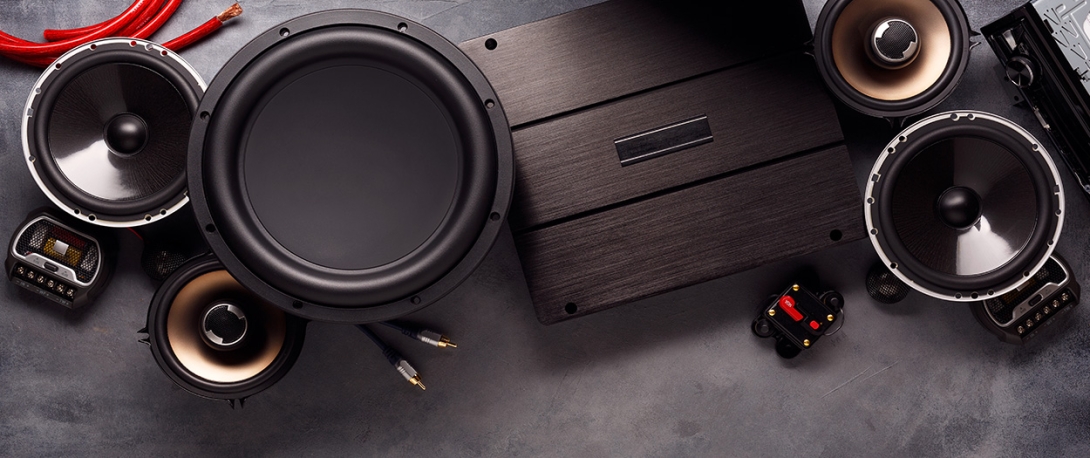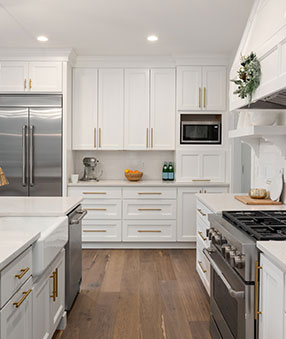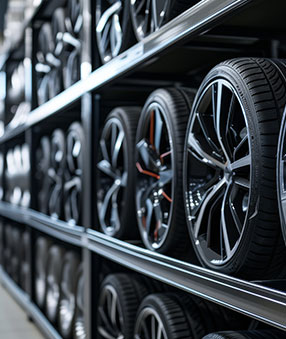
Unless you're rolling off the car lot in a luxury vehicle, most manufacturers skimp on car audio. They'll use the most basic parts, cheap out on quality, and generally give you only a passable system. If you're looking to optimize your audio system, it might be time to replace or upgrade your current unit. We've put together a few crucial things to know before you dive in.
Replacement or upgrade?
One of the first things you need to determine is whether this is a simple replacement or an upgraded setup. If your system recently stopped working and all you want is to listen to your favorite tunes again, a replacement might be all you need.
On the other hand, if your current system just isn't pumping out enough power to satisfy your musical needs, an upgrade might be the better option. Whichever you choose will affect pricing, components, installation, and more, so be sure you know what you want before diving in.
What's your budget?
One of the first important steps is understanding what you're willing to spend on your new audio system. Prices can range from the low $100s to $1000 or more. The pricing is all based on the type of components you use, the quality of the parts, and whether or not you install the system yourself.
Once you've established a budget, you can begin to shop for parts. This is an important step, because car audio isn't just that deck on your dashboard. There are many crucial parts of a well-made system, which leads us to
Know the components
Head Unit. Also known as the deck, this is the component you're probably most familiar with. Located on right up front, the head unit controls volume, audio settings, channels, music devices, and more. It controls every aspect of your music and audio experience.
Simple replacements are cheap, but often lack in-depth customization options. These units will get the job done when you need it. High-end head units often have fully optimized digital displays, specialized tuning options, and individual speaker control. They also tend to cost you more up front.
Speakers. We know what these are. Speakers determine what your audio sounds like and how clear and smooth your music is. Be sure to match your speaker size with your vehicle's manufactured OEM hole space. You can find this info in your car manual.
Subwoofers are a special kind of speaker that cover the lower frequencies of sound, also known as bass. If you want your music thumping, installing a quality subwoofer is crucial. You'll want to be careful not to install too big subwoofer or you'll risk saturating your music with muddied, distorted sounds.
Amplifiers. All those fancy speakers won't amount to anything if they aren't properly powered. This is where an amplifier comes. Each of your speakers has a specific power output and you'll need to find out what the total power output is (from all normal speakers, plus subwoofer) and choose an amplifier that can handle it.
Installation
The final thing to know is how you're going to install all those components. If you're familiar with car audio installation, this shouldn't prove too difficult. Additionally, if you've had a replacement done in the past, installing a new head unit can be as simple as popping the old one out and replacing it with the new unit.
If this is the first time you've replaced your car audio, or you're upgrading to a bigger, more powerful system, it's recommended you either ask a professional for input or have it installed by a third-party.
If you're ready for an upgrade, Progressive Leasing offers simple, flexible payment options from thousands of retail partner locations across the country. Apply today and find a store near you and discover your perfect car audio set.









